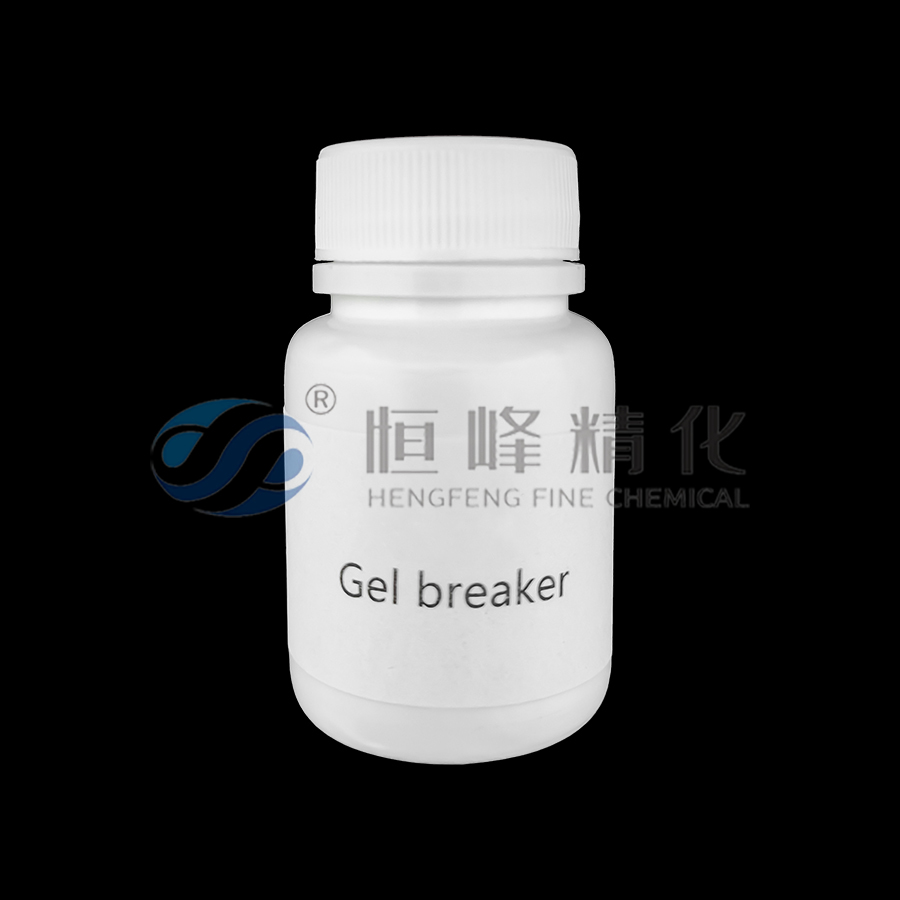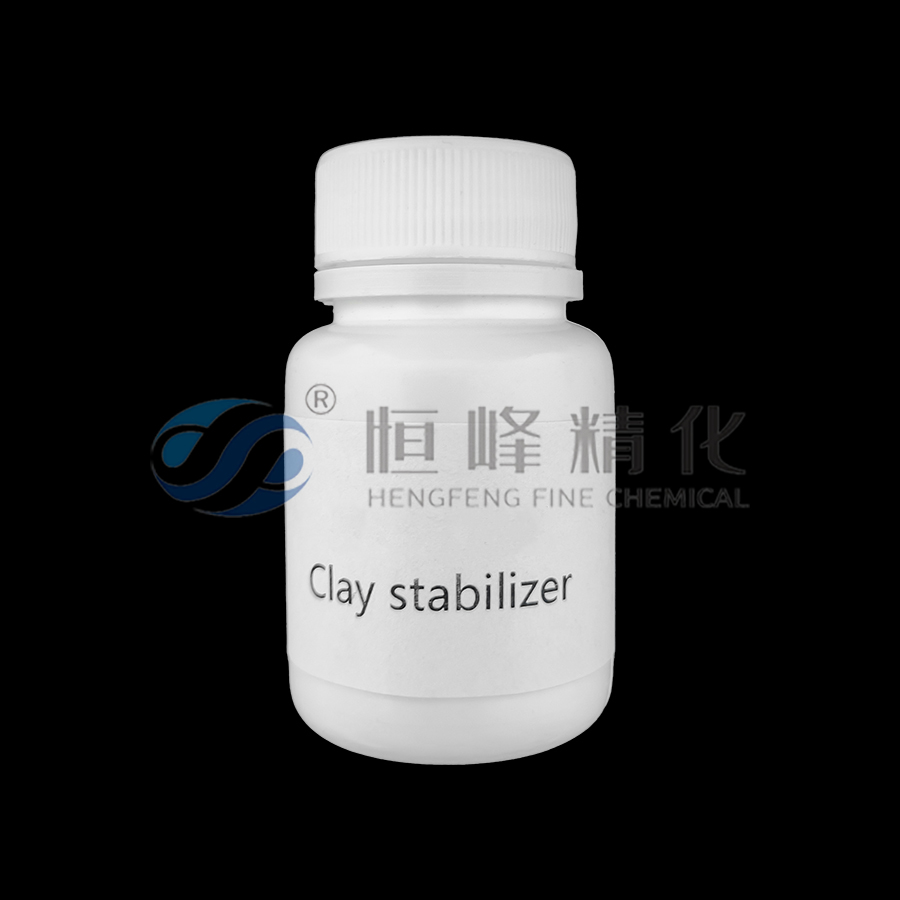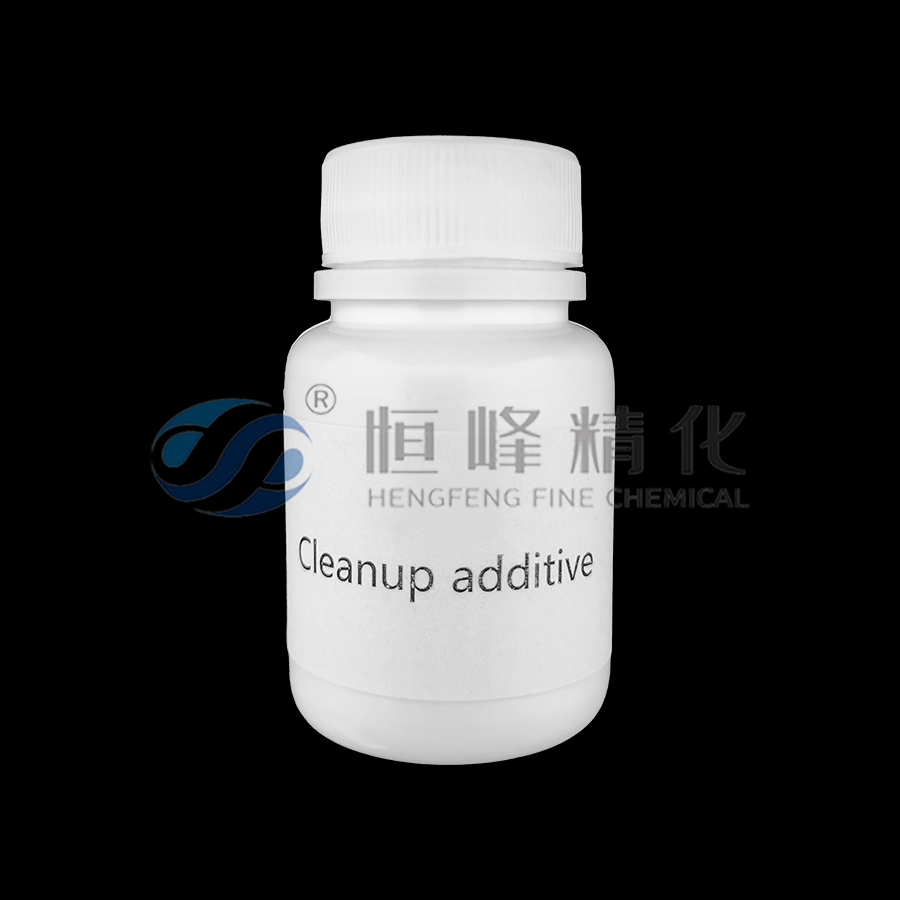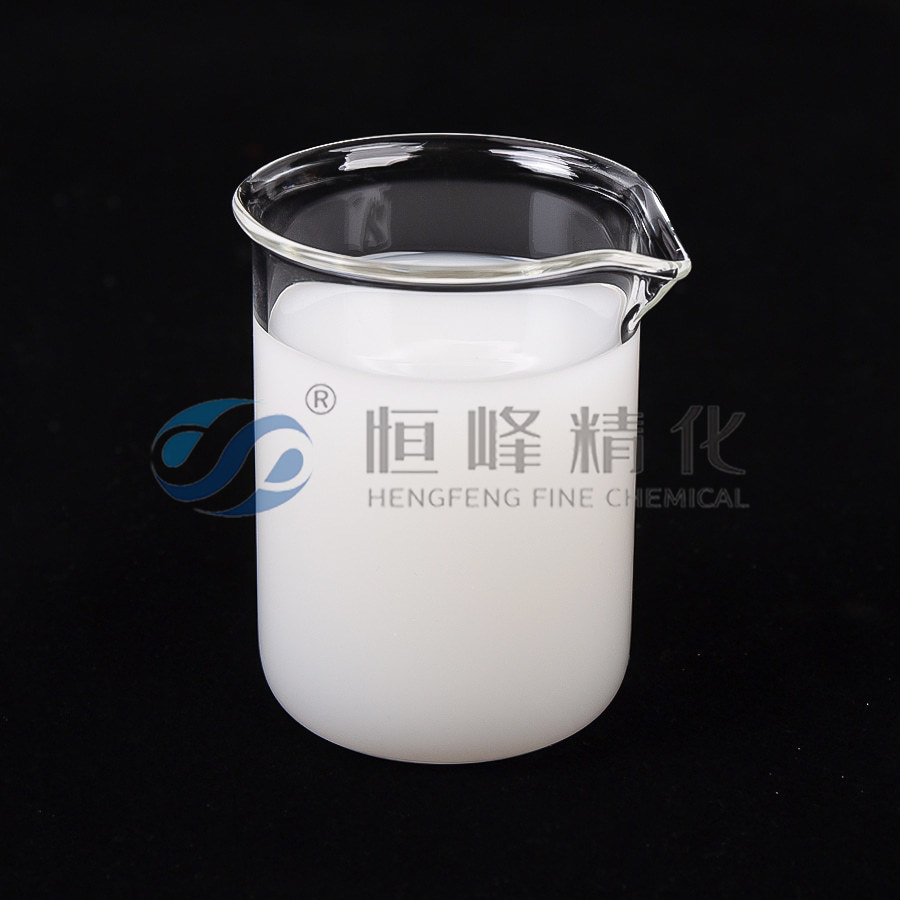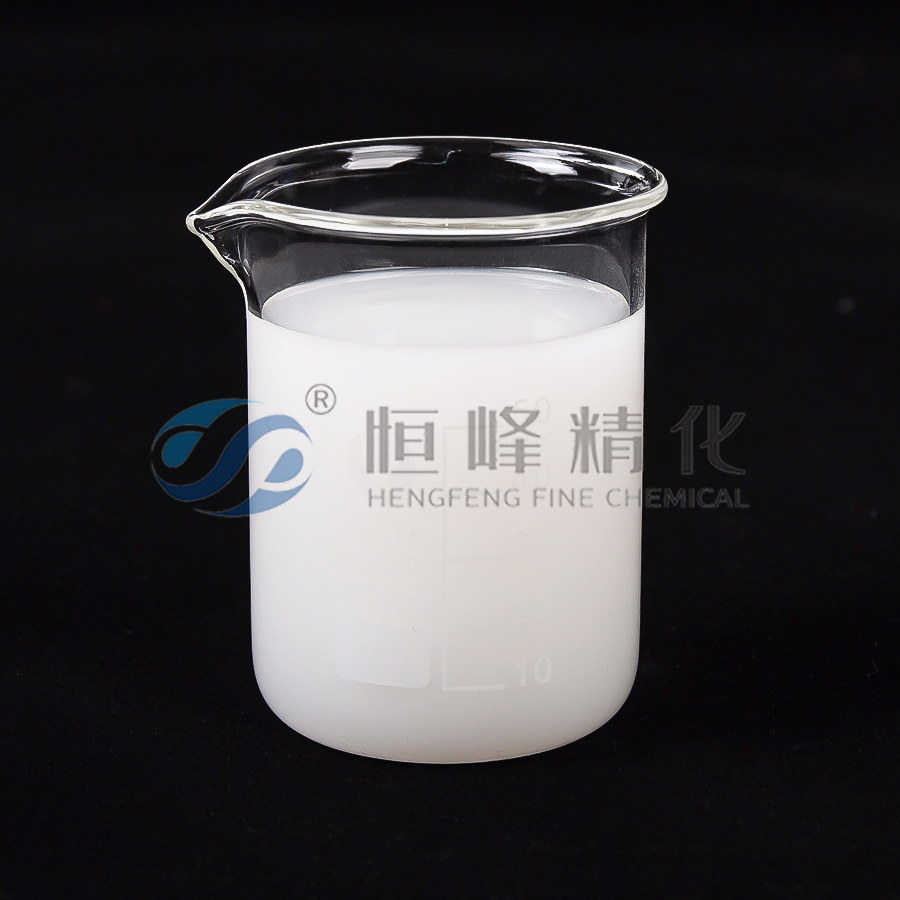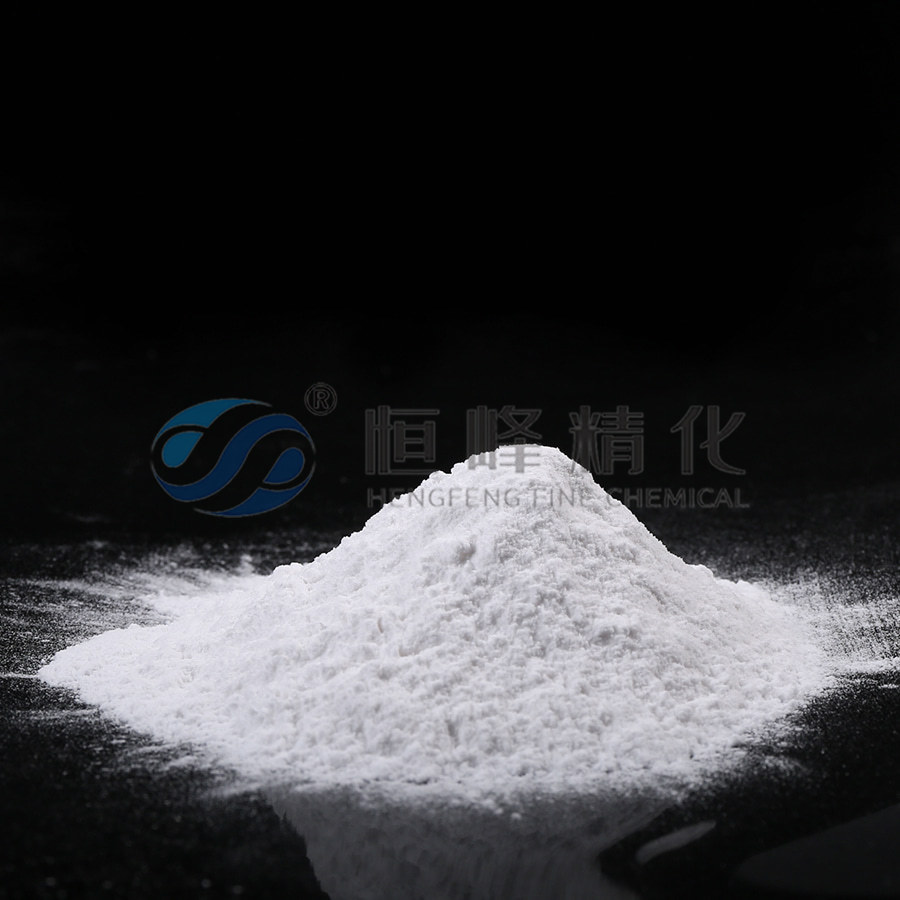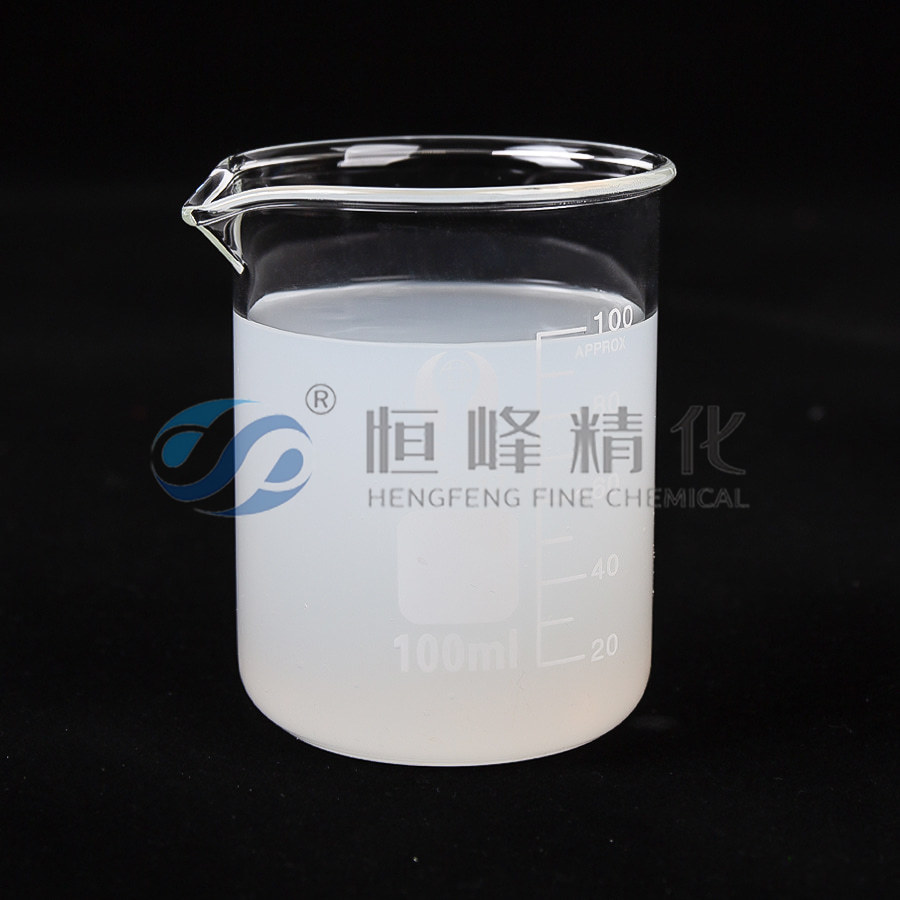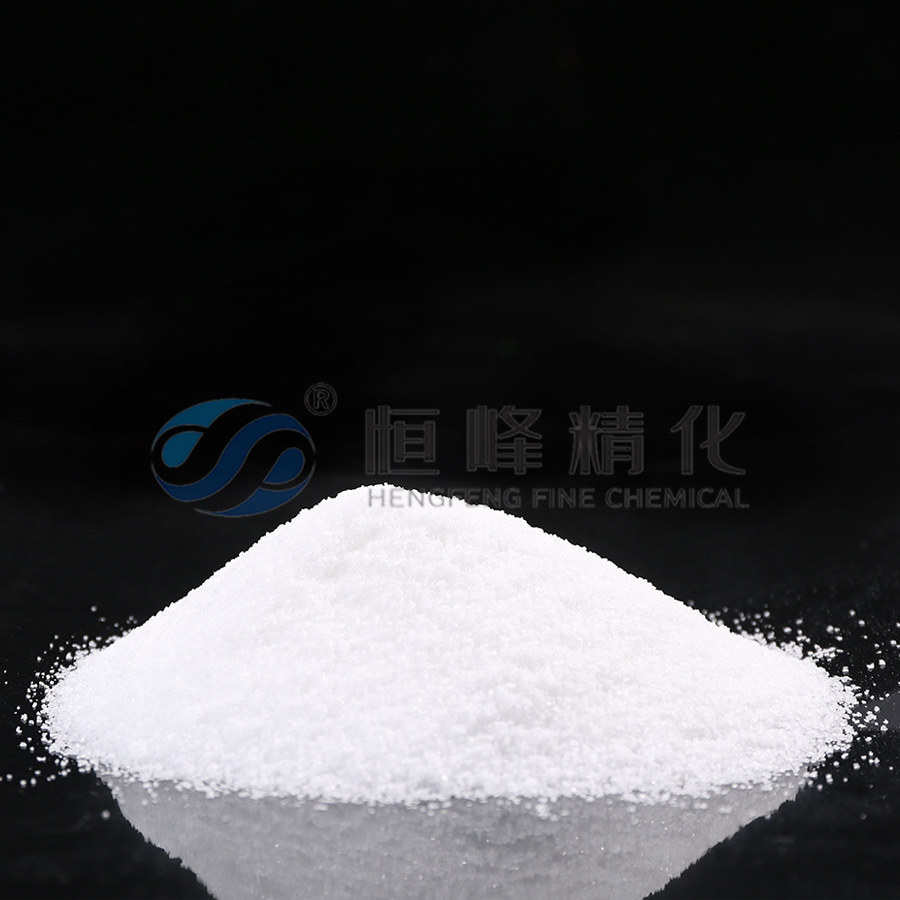Environmental regulations drive innovation in green flocculant technology
With the increasing global awareness of environmental protection, the industrial wastewater treatment industry is accelerating its transformation towards green and efficient direction. Recently, many regions have successively introduced policies to update sewage discharge standards, accelerating the demand for new flocculants. Especially in the industrial field, the new round of sewage treatment plans generally emphasizes the synergy between source emission reduction and end of pipe efficiency, promoting the accelerated evolution of polymer flocculants towards environmental protection and safety. In this context, cationic polyacrylamide emulsion , as one of the core materials in water treatment, has become a focus of research and application due to its green formulation and sustainable performance.
The current trend shows that the market favors polymer structures with low toxicity and rapid degradation. This type of product exhibits good compatibility in terms of dosage control, coagulation performance stability, and post-treatment friendliness. Compared with traditional powder products, lotion products also show advantages in transportation safety and dissolution efficiency, especially in industry applications with strict requirements on environmental protection indicators. The research and development of new cationic lotion products in terms of molecular structure optimization and emulsion stability continued to advance. Formula design tends to reduce harmful residues and enhance their environmental adaptability during processing. At the same time, researchers focus on controlling the generation pathways of reaction by-products to ensure that the final performance of the material in water is cleaner and more reliable.
Greening is not only a change in the product itself, but also reflected in the collaborative improvement of the entire supply chain. From raw material screening, lotion processing to terminal use, low-carbon processes and clean emission requirements are becoming an important part of production standards. The transformation of such technological paths has also promoted deeper cooperation and standardization among industries. In the process of developing green flocculants, relevant technical teams have strengthened systematic research on the composition of additives, biodegradation pathways, and the impact on terminal emissions. Minimizing residual monomers and oil phase components as much as possible has become an important direction for formula improvement. As a key material for industrial production, the environmental transformation of this kind of lotion products also means that the supply chain is optimized synchronously in the production, transportation and application links.
In the future, the continuous improvement of environmental regulations will continue to force the industrial chain to undergo technological iteration. How enterprises can achieve efficient operation while complying with regulations will be the key to victory. The industry generally believes that the process optimization and supporting scheme construction of relevant flocculants will play a guiding role in the future development of the industry, and the green lotion flocculants will play a more important role in the water treatment system.


 English
English Español
Español عربى
عربى Русский
Русский Tiếng Việt
Tiếng Việt




